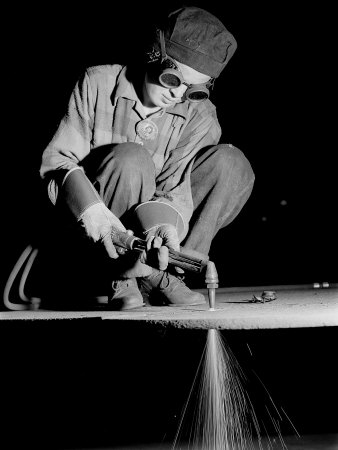 Unlike many other high risk jobs, the sex trade is one of the few that has historically been predominantly female. It also presents the one of the most significant risks to life and health of any high risk job because the employees are more often the victims rather than the responders, and because of the illegal nature of the trade in most places. This operation outside the law means that crimes against female sex workers often go unreported and without investigation, and even if they are they are often swept under the rug or neglected, making sex workers easily victimized. They are at risk of abduction, murder, extortion, assault, lack of health care, and the modern equivalent of slavery. These risks are increased even more for immigrant sex workers, who face language barriers and other types of discrimination as well.
Unlike many other high risk jobs, the sex trade is one of the few that has historically been predominantly female. It also presents the one of the most significant risks to life and health of any high risk job because the employees are more often the victims rather than the responders, and because of the illegal nature of the trade in most places. This operation outside the law means that crimes against female sex workers often go unreported and without investigation, and even if they are they are often swept under the rug or neglected, making sex workers easily victimized. They are at risk of abduction, murder, extortion, assault, lack of health care, and the modern equivalent of slavery. These risks are increased even more for immigrant sex workers, who face language barriers and other types of discrimination as well.In areas where the sex trade has been legalized or at least has some legislation protecting sex workers, this risk is decreased, although nowhere near eliminated. In these locations, female workers are able to exercise more power in negotiations, and have the ability to rely on police protection. In her article Condom use, power and HIV/AIDS risk: sex-workers bargain for survival in Hillbrow/Joubert Park/Berea, Johannesburg, Janet Maia Wojcicki discusses the necessity of this power of negotiation in eliminating the image of female sex workers as victims, and destroying the binary of men having power and women being powerless in the sex trade. This binary is an extreme version of the idea of women being second class citizens, and contributes significantly to the image of women as victims. Eliminating this stigma would benefit women as a whole, and empowering women where they are the most powerless would enable women in all sectors to exercise more authority and experience less discrimination.
-Conor Cappe




